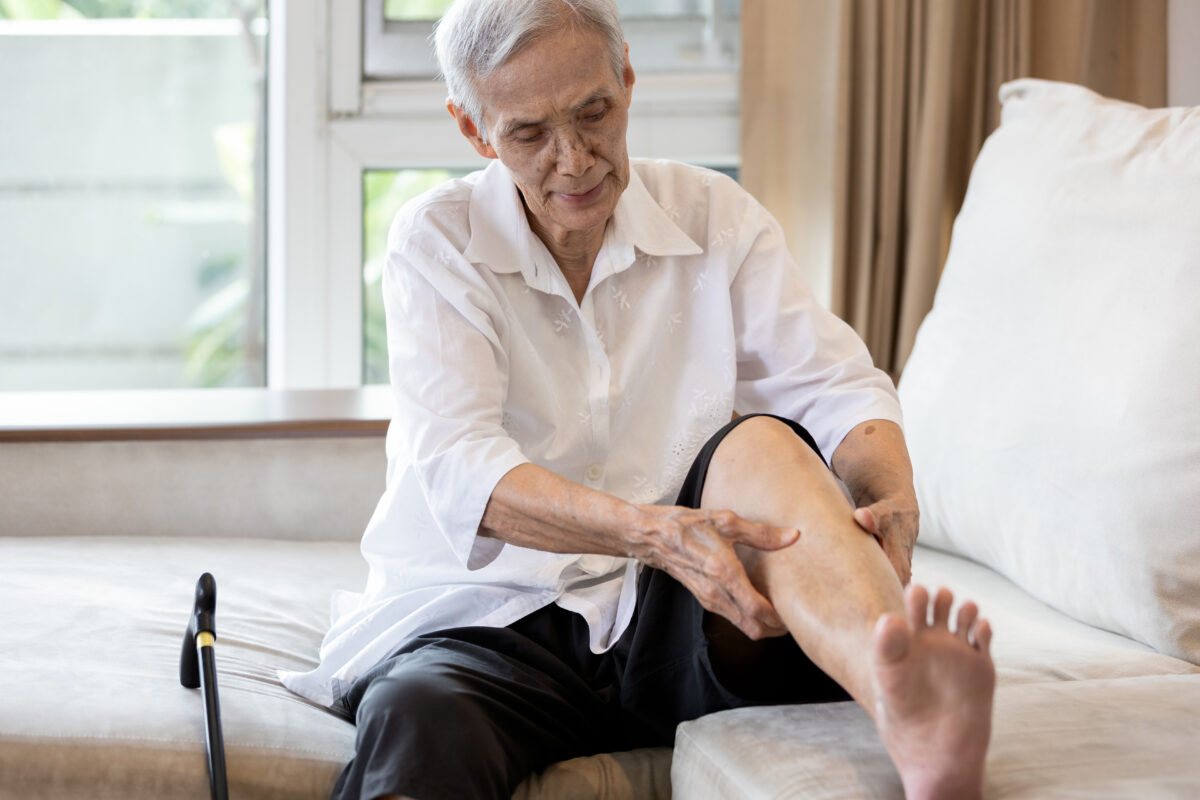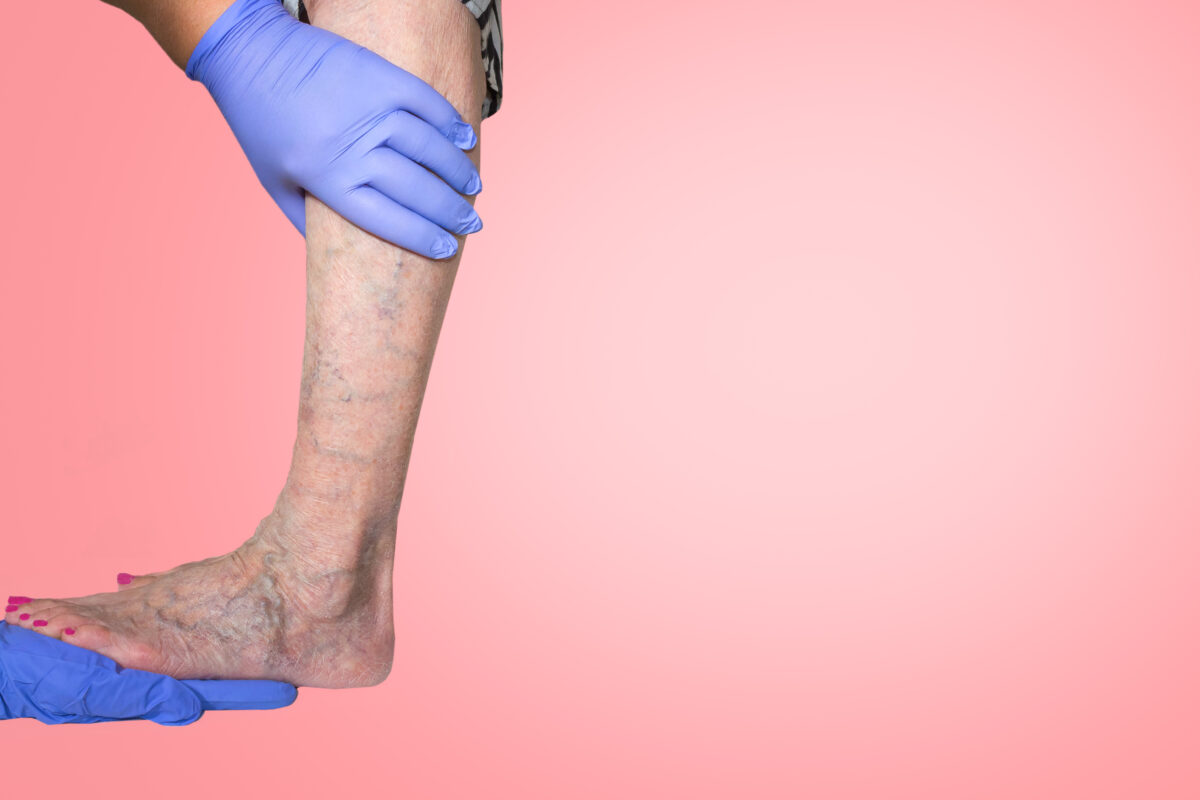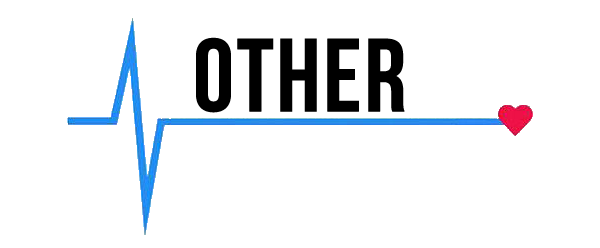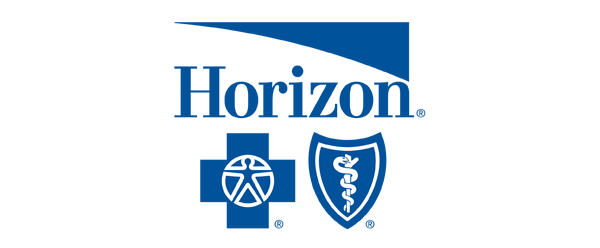It can sting to see veins reappear after cosmetic vein removal treatment, leading many to think the procedure failed. Doctors, however, view it differently, explaining that it’s rarely the treatment’s fault.
Instead, the veins often return because the underlying health issue persists or because of genetics. Some people are simply prone to developing these veins throughout their lives, so fixing one set won’t necessarily stop new ones from forming later.
Effective management isn’t a one-time event — it requires an ongoing routine. Some patient stories perfectly illustrate this. After treatment, many are committed to five-year check-ups and remain free of new veins for 18 years, proving that consistent care can lead to truly long-lasting results.
“There are many different kinds of minimally invasive procedures for chronic venous insufficiency,” states NYU Langone Health. “Your doctor makes his or her recommendation based on your individual diagnosis and health. After any of these procedures, your doctor may recommend that you wear compression stockings or bandages to promote healing and help prevent blood clots.”
The Path to Lasting Results with Cosmetic Vein Removal
The recurrence of varicose veins can be attributed to several factors, leading many suffering patients to seek cosmetic vein removal. A common cause is a poor diagnosis, which often happens when a doctor fails to perform a careful ultrasound.
Without this thorough check, they can miss the underlying “feeder veins,” and the bulging veins will almost certainly reappear. This is why choosing a good vein doctor who will search for the real cause and offer a personalized plan is so important.
Another reason veins can return is a process called neovascularity, which typically occurs after older, more invasive surgeries where the vein was physically pulled out. The body responds to this by creating new, often dysfunctional veins that lack proper valves, causing blood to pool and symptoms to quickly return.
This is why doctors today prefer less invasive treatments that permanently close the problem vein, preventing this kind of regrowth and keeping symptoms away for much longer.
“As we always say, varicose veins can only ever be treated, not cured,” according to The Vein Institute. “While a treated varicose vein is extremely unlikely to come back, new varicose veins may form, especially if you’re genetically predisposed to the condition.”
The Power of Movement and Your Body’s ‘Second Heart’
While genetics play a significant role, your lifestyle might impact your veins and cosmetic vein removal even more. If both your parents have varicose veins, your chances can jump to 90 percent.
The good news is, you have a say in this. It’s not a reason to give up.
Moving your body works wonders for your veins, which is why doctors call your calves the “second heart.” Every time you walk, these muscles squeeze the deep veins in your legs, helping to push blood back up toward your heart.
This means spending time building stronger calf muscles can make a real difference. Don’t underestimate the weight of your choices.
“New varicose veins may form after treatment,” states Texas Endovascular. “In some cases, your body forms new blood vessels in the areas we’ve already treated. We call this neo-vascularization.”
It adds: “It’s also possible that your body will form varicose veins in new locations, even after previous vein treatments. This is more likely if you have risk factors for vein disease, including family history, pregnancy or obesity. While you can’t always prevent varicose veins from forming, you can take lifestyle measures to reduce your risk.”
Therapeutic Exercise After Cosmetic Vein Removal
Targeted exercises can make a huge difference for your vein health after going through cosmetic vein removal.
One 12-week study on people with chronic venous insufficiency found that a group that followed a yoga program could walk significantly farther — 46.2 meters compared to just 12.8 meters for the group that didn’t. The yoga participants also experienced greater reductions in pain and swelling, with leg circumference decreasing by 2.1 centimeters versus 0.6 in the control group.
These results show that exercise isn’t just for general fitness. It’s a powerful tool for managing vein problems. Low-impact activities like walking, swimming, gentle yoga, or cycling are the best choices because they help improve blood flow.
It’s important to find a balance between building strength and protecting your veins, so you should avoid heavy weightlifting or long-distance running. These activities can cause too much strain.
A simple plan for caring for your veins can be summed up with the “three E’s”: Exercise, Elevation, and Elastic Compression. Exercise wakes up your calf muscles to help push blood back to your heart. Elevation involves raising your legs above your heart for just 15 minutes a few times a day to provide quick relief from swelling and discomfort, which is especially helpful if you sit or stand for long periods.
Additionally, elastic compression means wearing compression stockings, which apply gentle pressure to prevent blood from pooling and provide steady support. Many doctors consider compression a key part of managing chronic venous insufficiency.
Weight, Hydration, and The Role of Lifestyle
Keeping your weight in check can help prevent problems from returning after cosmetic vein removal.
Excess weight puts added pressure on the tiny valves in your legs and feet, which can make certain vein treatments less effective, as a study in the Journal of Vascular Surgery pointed out. Losing even a little weight can relieve this pressure, giving a boost to your veins and your entire body.
Staying still for hours on end makes it harder for blood to flow through your legs. If your job requires you to sit for long stretches, try to get up and walk around every hour.
Small adjustments, like changing your position frequently or using a standing desk, can make a difference. You can set a reminder to do a few calf raises or simply get your legs moving in any way you can.
Drinking plenty of water throughout the day is another easy way to support your veins. The recommended daily intake is about 15.5 cups for men and 11.5 cups for women.
You can also boost your water intake with hydrating foods like watermelon or cucumbers. These small changes add up over time, and your veins will thank you for it.
Cosmetic Vein Removal, Supportive Foods, and Avoiding Habits
What you eat directly impacts the health of your blood vessels, something all cosmetic vein removal patients learn quickly. Brightly colored fruits, for example, are packed with powerful nutrients like flavonoids and vitamins A, C, and E that can help calm swelling and support flexible vessel walls.
Omega-3 fats found in fish and nuts can also soothe swollen tissues, while nitrates in leafy greens like spinach are converted by your body into nitric oxide, a substance that helps relax your veins. Even a piece of dark chocolate can benefit your veins with its extra flavonoids.
On the other hand, certain foods can put a strain on your veins. Salt-heavy foods make you retain water, while too much sugar can cause you to gain weight and trigger swelling. Fast food and rich animal fats can also harm your blood vessels.
Proper hydration is also crucial, as drinking enough water thins your blood, allowing it to move through your veins with less pressure. In contrast, thick blood from dehydration can slow down and stretch your veins. Keeping a water bottle close by is a small effort that can make a big difference for your vein health.
“After your treatment, it’s essential to follow up with your healthcare provider,” states LA Vein Center. “They will offer tailored recommendations that suit your individual needs. Keeping your appointments and discussing any concerns you may have will help ensure you stay on track.”
Lifestyle Habits for Vein Health
Exercise is one of the best post-cosmetic vein removal treatments. At least 150 minutes of moderate exercise per week is best, as it activates your “calf muscle pump” to improve blood flow.
Others include:
| Habit | Best Practices & Purpose |
| Elevation | Elevate legs above the heart for 15-30 minutes, several times daily. Uses gravity to reduce pressure on veins and alleviate swelling. |
| Elastic Compression | Wear graduated compression stockings as prescribed. Helps prevent blood pooling and supports veins, especially during long periods of sitting or standing. |
| Weight Management | Maintain a healthy weight through diet and exercise. Reduces pressure on veins and improves the effectiveness of treatments. |
| Movement | Avoid prolonged standing or sitting. Take frequent breaks to stretch or walk around, especially during long car rides or flights. |
| Hydration | Drink plenty of water throughout the day. Keeps blood thin and flowing smoothly, preventing distended veins. |
| Diet | Eat a diet rich in fiber, omega-3s, and antioxidants (leafy greens, fatty fish, nuts). Avoid high-sodium, high-sugar, and processed foods. |
Your choices immediately following a vein procedure matter a lot, so be sure to listen to your doctor’s instructions. This means keeping your compression stockings on, taking regular walks, and avoiding strenuous workouts for a couple of days.
Building a trusting relationship with your doctor and attending regular follow-up visits can help catch any new issues early on. Many people feel better than they expected and even wish they had had the procedure sooner, with some describing their new energy and comfort as life-changing.
Trust the process and keep the conversation going; your legs will thank you for it.
Wellness and Pain
Find your personalized cosmetic vein removal by visiting Wellness and Pain. We offer conservative treatments, routine visits, and minimally invasive quick-recovery procedures. We can keep you free of problems by providing lifestyle education and home care advice.
This enables you to avoid and manage issues, quickly relieving your inhibiting lifestyle conditions when complications arise. We personalize patient care plans based on each patient’s condition and unique circumstances. Wellness and Pain can help improve wellness, increase mobility, relieve pain, and enhance your mental space and overall health.













